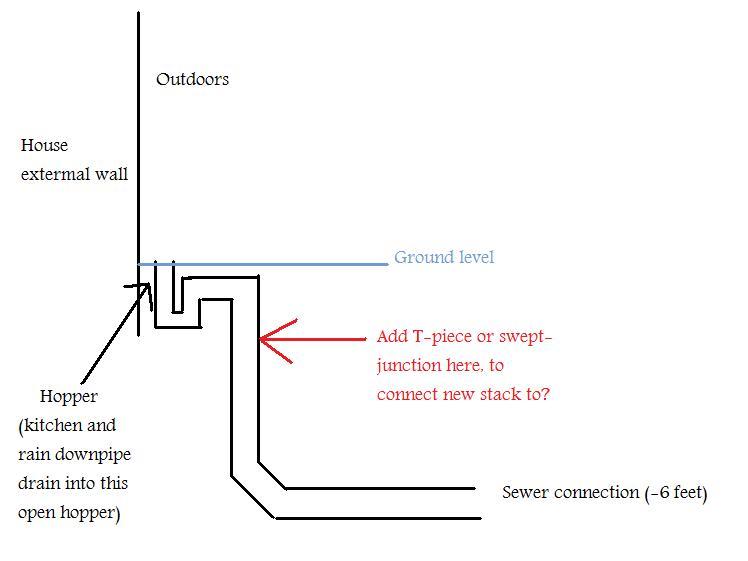I need to have a new manhole to allow connection of a soilstack to serve a new bathroom. I've put the bathroom and the drainage on a Building Notice, however before I submit it and book a meeting with the inspector I was hoping to get a few things clear in my mind.
From conversations with neighbours, I know that the sewer is approx 6 feet below ground, and runs along the backs of the houses about 3m from the back of the house. It is of 1920s vintage, so clay.
As the sewer is shared between an unknown number of houses, I can't ask people to abstain from flushing whilst I connect into it. So, I need to take an approach of "get it built, THEN cut open the pipe and get the hell out of the pit".
Digging and moving of materials will be done by hand, however I have about 10 friends to help me do this who are happy to be paid in beer and barbecue.
Details I'm not clear on are:
1) Should I go for pre-cast concrete (1.2m circular?), or are these new plastic systems any good? Can they be added to an existing clay pipe system without too much risk of sewage leaking?
2) How do I set a slipper into the benching BEFORE cutting open the existing pipe?
From conversations with neighbours, I know that the sewer is approx 6 feet below ground, and runs along the backs of the houses about 3m from the back of the house. It is of 1920s vintage, so clay.
As the sewer is shared between an unknown number of houses, I can't ask people to abstain from flushing whilst I connect into it. So, I need to take an approach of "get it built, THEN cut open the pipe and get the hell out of the pit".
Digging and moving of materials will be done by hand, however I have about 10 friends to help me do this who are happy to be paid in beer and barbecue.
Details I'm not clear on are:
1) Should I go for pre-cast concrete (1.2m circular?), or are these new plastic systems any good? Can they be added to an existing clay pipe system without too much risk of sewage leaking?
2) How do I set a slipper into the benching BEFORE cutting open the existing pipe?



